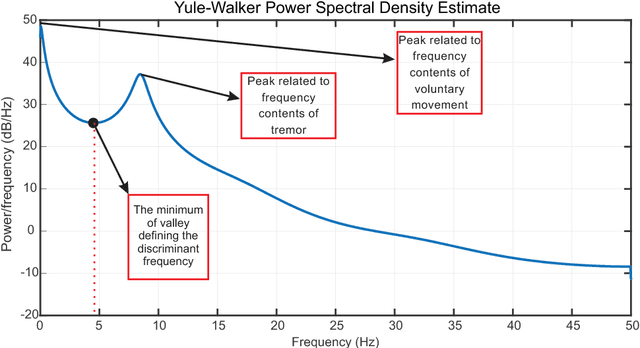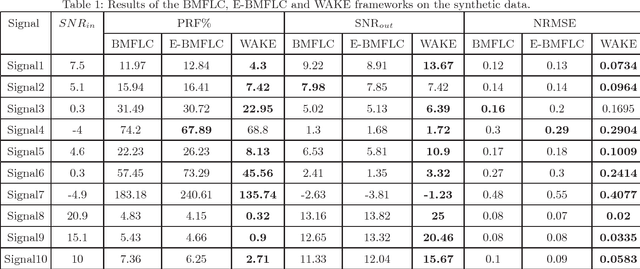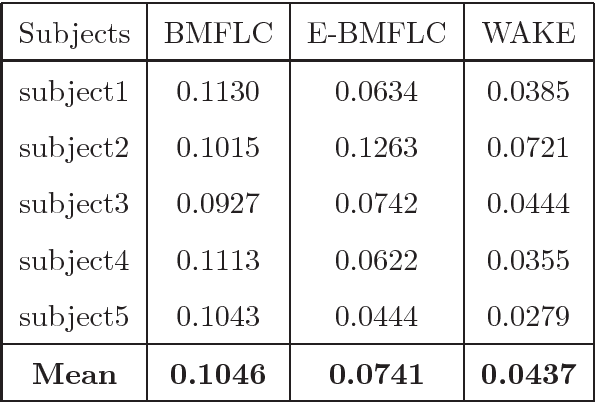Seyed Farokh Atashzar
FS-HGR: Few-shot Learning for Hand Gesture Recognition via ElectroMyography
Nov 11, 2020



Abstract:This work is motivated by the recent advances in Deep Neural Networks (DNNs) and their widespread applications in human-machine interfaces. DNNs have been recently used for detecting the intended hand gesture through processing of surface electromyogram (sEMG) signals. The ultimate goal of these approaches is to realize high-performance controllers for prosthetic. However, although DNNs have shown superior accuracy than conventional methods when large amounts of data are available for training, their performance substantially decreases when data are limited. Collecting large datasets for training may be feasible in research laboratories, but it is not a practical approach for real-life applications. Therefore, there is an unmet need for the design of a modern gesture detection technique that relies on minimal training data while providing high accuracy. Here we propose an innovative and novel "Few-Shot Learning" framework based on the formulation of meta-learning, referred to as the FS-HGR, to address this need. Few-shot learning is a variant of domain adaptation with the goal of inferring the required output based on just one or a few training examples. More specifically, the proposed FS-HGR quickly generalizes after seeing very few examples from each class. The proposed approach led to 85.94% classification accuracy on new repetitions with few-shot observation (5-way 5-shot), 81.29% accuracy on new subjects with few-shot observation (5-way 5-shot), and 73.36% accuracy on new gestures with few-shot observation (5-way 5-shot).
XceptionTime: A Novel Deep Architecture based on Depthwise Separable Convolutions for Hand Gesture Classification
Nov 09, 2019



Abstract:Capitalizing on the need for addressing the existing challenges associated with gesture recognition via sparse multichannel surface Electromyography (sEMG) signals, the paper proposes a novel deep learning model, referred to as the XceptionTime architecture. The proposed innovative XceptionTime is designed by integration of depthwise separable convolutions, adaptive average pooling, and a novel non-linear normalization technique. At the heart of the proposed architecture is several XceptionTime modules concatenated in series fashion designed to capture both temporal and spatial information-bearing contents of the sparse multichannel sEMG signals without the need for data augmentation and/or manual design of feature extraction. In addition, through integration of adaptive average pooling, Conv1D, and the non-linear normalization approach, XceptionTime is less prone to overfitting, more robust to temporal translation of the input, and more importantly is independent from the input window size. Finally, by utilizing the depthwise separable convolutions, the XceptionTime network has far fewer parameters resulting in a less complex network. The performance of XceptionTime is tested on a sub Ninapro dataset, DB1, and the results showed a superior performance in comparison to any existing counterparts. In this regard, 5:71% accuracy improvement, on a window size 200ms, is reported in this paper, for the first time.
WAKE: Wavelet Decomposition Coupled with Adaptive Kalman Filtering for Pathological Tremor Extraction
Oct 10, 2018



Abstract:Pathological Hand Tremor (PHT) is among common symptoms of several neurological movement disorders, which can significantly degrade quality of life of affected individuals. Beside pharmaceutical and surgical therapies, mechatronic technologies have been utilized to control PHTs. Most of these technologies function based on estimation, extraction, and characterization of tremor movement signals. Real-time extraction of tremor signal is of paramount importance because of its application in assistive and rehabilitative devices. In this paper, we propose a novel on-line adaptive method which can adjust the hyper-parameters of the filter to the variable characteristics of the tremor. The proposed "WAKE: Wavelet decomposition coupled with Adaptive Kalman filtering technique for pathological tremor Extraction, referred to as the WAKE framework" is composed of a new adaptive Kalman filter and a wavelet transform core to provide indirect prediction of the tremor, one sample ahead of time, to be used for its suppression. In this paper, the design, implementation and evaluation of WAKE are given. The performance is evaluated based on three different datasets, the first one is a synthetic dataset, developed in this work, that simulates hand tremor under ten different conditions. The second and third ones are real datasets recorded from patients with PHTs. The results obtained from the proposed WAKE framework demonstrate significant improvements in the estimation accuracy in comparison with two well regarded techniques in the literature.
 Add to Chrome
Add to Chrome Add to Firefox
Add to Firefox Add to Edge
Add to Edge